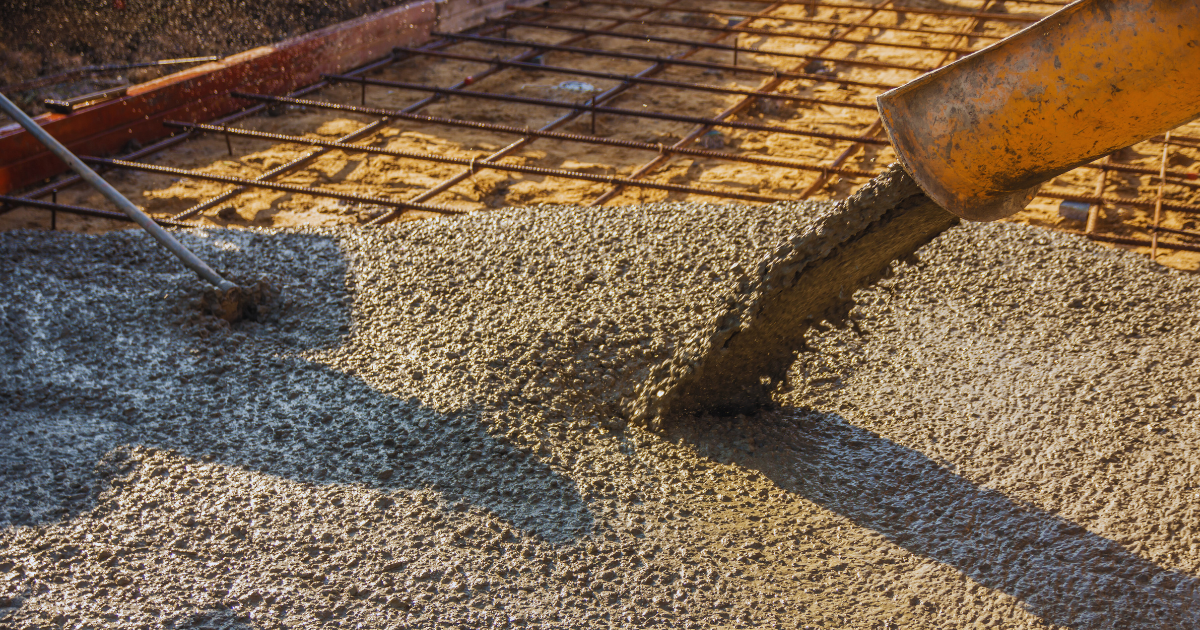Concrete is one of the most essential materials in construction, and knowing how to calculate ready mix concrete correctly can help save time, money, and effort, whether you’re working on a small home project or a large construction site. This guide will take you through the steps of calculating ready mix concrete so your project is efficient and successful.
What is Ready Mix Concrete?
Ready mix concrete is a blend of cement, aggregates (sand, gravel, or crushed stone), water, and sometimes additives. It is prepared at a concrete plant and delivered to your site in a ready-to-use state, eliminating the need for on-site mixing and ensuring consistency in quality.
Step-by-Step Guide: How to Calculate Ready Mix Concrete
Step 1: Determine the Volume of Concrete Needed
The first step is calculating how much concrete is required. The volume of concrete is usually measured in cubic meters (m³). Depending on the shape of the structure, the calculation method varies.
Rectangular Slab
For a rectangular slab, use the formula:
Volume = Length × Width × Thickness
For example, if you are building a slab that is 5 meters long, 3 meters wide, and 0.15 meters thick:
Volume = 5 m × 3 m × 0.15 m = 2.25 m³
Circular Slab
For a circular slab, use the formula:
Volume = π × (Radius)² × Thickness
For instance, if the slab has a diameter of 3 meters and thickness of 0.15 meters:
Volume = 3.14 × (1.5 m)² × 0.15 m = 1.06 m³
Footings and Columns
For footings and columns, the volume is calculated by multiplying the cross-sectional area by the height.
Step 2: Convert the Volume to Bags of Ready Mix Concrete
Once you know the required volume, you can convert it into the number of bags of ready mix concrete. Bags come in different sizes, but for this example, let’s assume each bag contains 40 kg of concrete.
To calculate the number of bags needed:
1 cubic meter of concrete weighs approximately 2400 kg.
Number of bags = (Total Volume in m³ × 2400) / 40
For our earlier example with a volume of 2.25 m³:
Number of bags = (2.25 × 2400) / 40 = 135 bags
Step 3: Account for Waste and Spillage
Concrete work can involve some waste due to spillage or minor errors. To accommodate this, it’s recommended to add an extra 5-10% to your calculations.
If you plan for 10% wastage, multiply the number of bags by 1.10:
Number of bags with wastage = 135 × 1.10 = 148.5 bags
So, you would round it up to 149 bags.
Step 4: Consider the Concrete Mix Ratios
The most common concrete mix ratio for general construction is 1:2:4 (cement:sand). Ready mix concrete already has this ratio pre-set, so you don’t need to worry about adjusting the amounts. Just ensure you specify the mix ratio if needed when placing your order.
Step 5: Place Your Order
After calculating how much concrete you need, place your order with a ready mix concrete supplier. Provide the total volume and any specific mix requirements, and they will deliver the concrete to your site, ready to pour.
Additional Tips for Accurate Calculation
- Ensure Precise Measurements: Always take accurate measurements to avoid over or under-ordering.
- Double-Check Calculations: Verify each step before placing your order.
- Consult with Professionals: If in doubt, get a professional to review your calculations.
- Tailor the Mix to Your Project: Different projects may require different concrete mixes. Confirm with your supplier to get the right one for your needs.
Conclusion
Understanding how to calculate ready mix concrete is key to ensuring the success of your project. By following this guide, you can calculate the required amount of concrete, account for any wastage, and order confidently. Accurate calculations will help you avoid delays and extra costs, making your construction project more efficient.
Whether you’re a contractor or a DIY enthusiast, mastering the calculations for ready mix concrete ensures your project will be on track and deliver the desired results. Start with precise measurements, convert volumes accurately, and plan for any unexpected waste to ensure a smooth and efficient project.







